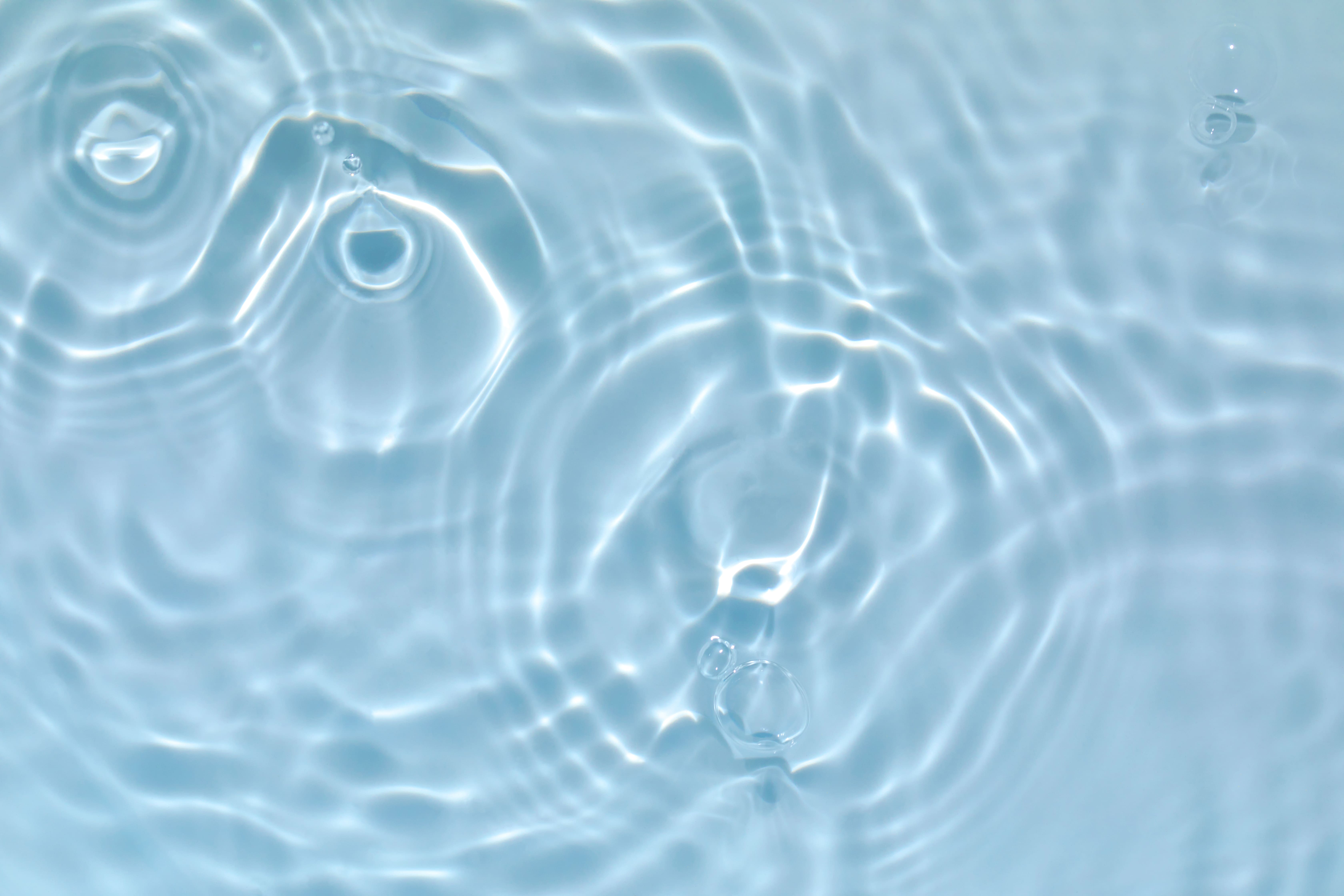Basic Concerns with Ultrasonic Cleaning | Part 1: Time
Ultrasonic cleaning is a popular and effective method for removing dirt, grime, and other contaminants from various objects. However, while the process itself may seem straightforward, there are some basic concerns that need to be addressed to ensure optimal results. In this blog post series, we will explore some of the most critical factors that can impact the performance of ultrasonic cleaning.
In part one, we will focus on time, one of the most critical variables in the ultrasonic cleaning process as it greatly impacts efficiency and effectiveness. While shorter cleaning times may save time, they may not provide the desired cleaning results, while longer cleaning times may cause damage to the object being cleaned. Thus, it is essential to understand the optimal cleaning time for different objects and materials to ensure the best cleaning results.

Factors Affecting Cleaning Time
The fact is, there is no one typical cleaning time and it can vary greatly. The time involved varies according to the specifics of the parts and cannot be looked at as universal. But this is what makes ultrasonic cleaning so effective—it involves many factors and variables, and is tailored to each unique need.
The type and level of contamination, required cleanliness, object size and shape, and material all play a significant role. For example, objects with complex shapes or porous materials may require longer cleaning times to ensure complete cleaning. Some parts may require multiple ultrasonic cleaning stages or even agitation to reach the desired level of cleaning.
Risks of Over-Cleaning and Under-Cleaning
When determining the cleaning time for an object, it is important to consider the risks of over-cleaning and under-cleaning. Indeed, a common question is whether or not you can ultrasonic clean for too long. While under-cleaning may leave behind residue and contaminants, over-cleaning may damage delicate objects as a result of cavitation erosion. Therefore, it is crucial to find the balance between an adequate cleaning time and the potential risks.
So how long should you run your ultrasonic cleaner? We normally start with a trial period, typically between two and 10 minutes, as very few parts are actually clean within just a few seconds.
Wrapping Up
Time is a critical factor in ultrasonic cleaning. The optimal cleaning time can vary depending on the object being cleaned, its material, and the level of contamination. By finding the right balance between cleaning time and potential risks, ultrasonic cleaning can provide efficient and effective results.
If you have questions about your particular application, please feel free to get in touch so we can determine the right course of action for you. In addition, look out for the next post in this series which will explore the key variable of temperature.
Ultrasonic Cleaners for Rent
We offer a range of our most popular ultrasonic cleaners for rent on a 30-day try-before-you-buy basis or as a long-term rental option.



